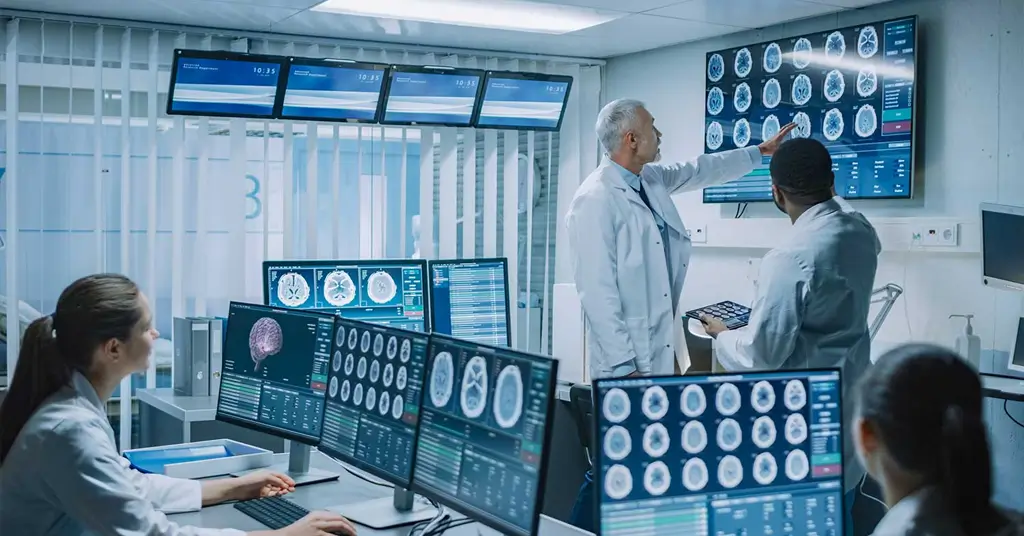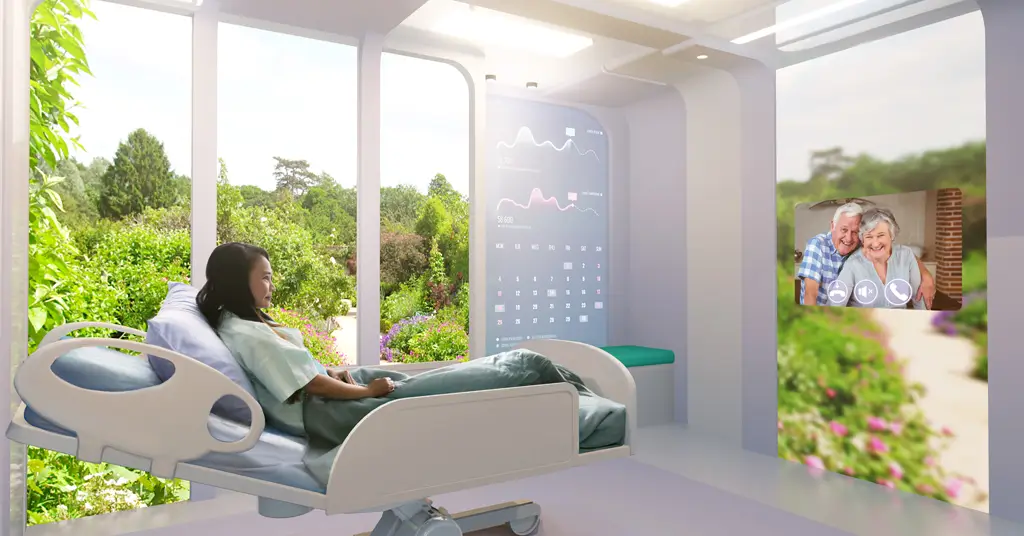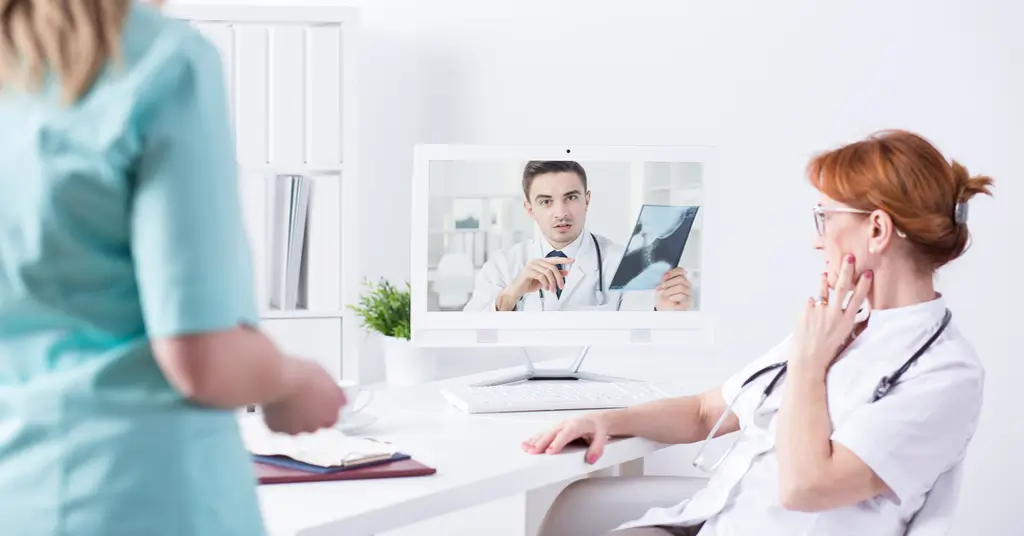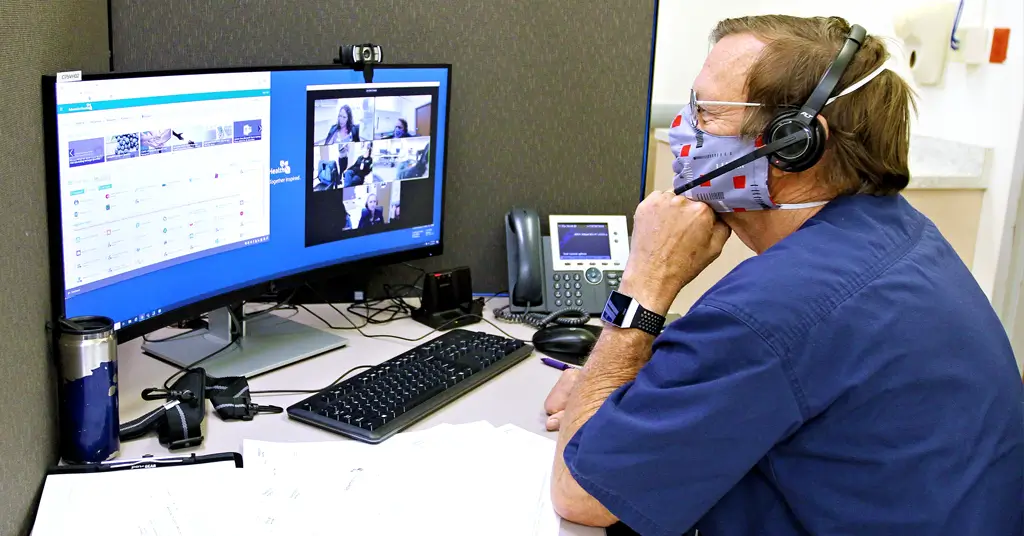Why Hospital Need Audio Visual Solution
Table of Contents

In recent years, hospitals have become increasingly reliant on technology to improve patient care and streamline operations. One area where technology has made a significant impact is in audio visual solutions. Modern audio visual technology is a cornerstone of healthcare, providing advantages that improve patient wellbeing, communication, and the daily operations of medical staff. In this article, we will explore why hospitals need audio visual solutions, and the benefits that this technology can bring.
Improved communication
One of the primary benefits of audio visual solutions in hospitals is improved communication. Communication is a critical aspect of patient care, and it’s essential that staff can communicate effectively with each other and with patients. Audio visual solutions can help to facilitate this by providing tools for real-time communication, such as video conferencing and instant messaging. This allows staff to communicate quickly and efficiently, improving the quality of care that patients receive.
For example, video conferencing can be used to connect healthcare providers in different locations, allowing them to collaborate on patient care. This is particularly useful in rural areas where access to specialists may be limited. Video conferencing can also be used for telemedicine, allowing doctors to consult with patients remotely. This is useful for patients who are unable to travel to a hospital, such as those in remote or rural areas.

Improved patient care
Audio visual solutions can also improve patient care by providing tools for education and training. Hospitals can use audio visual technology to provide patients with information about their condition and treatment options, helping them to make informed decisions about their care. Usually it is a very effective way to install AV system in the meeting room. Audio visual technology can also be used to train staff, ensuring that they have the skills and knowledge they need to provide high-quality care.
For example, hospitals can use audio visual solutions to provide training modules to staff, allowing them to learn at their own pace. These modules can include videos, interactive quizzes, and other interactive elements to help staff engage with the material. This can help to ensure that staff are up-to-date with the latest best practices and protocols, improving the quality of care that patients receive.

Improved patient experience
Audio visual solutions can also improve the patient experience by providing entertainment and communication tools. Hospitals can use audio visual technology to provide patients with access to movies, television shows, and other forms of entertainment, helping to keep them comfortable and entertained during their stay. Soothing background music can also greatly reduce their anxiety about the disease. Audio visual technology can also be used to provide patients with access to communication tools, such as video conferencing, allowing them to stay connected with family and friends during their hospital stay.
For example, some hospitals have installed bedside terminals that allow patients to access entertainment, communication tools, and educational materials. These terminals can be used to provide patients with access to movies, television shows, and other forms of entertainment, as well as to communicate with friends and family outside the hospital. This can help to improve the patient experience, making their stay in the hospital more comfortable and less stressful.

Improved operational efficiency
Audio visual solutions can also improve the operational efficiency of hospitals. Hospitals can use audio visual technology to automate certain tasks, such as scheduling and billing, reducing the workload on staff and improving the accuracy of these processes. Audio visual technology can also be used to monitor patients remotely, allowing staff to monitor patients’ conditions without having to be physically present.
For example, hospitals can use audio visual technology to monitor patients’ vital signs remotely, allowing staff to detect changes in their condition early and respond quickly. This can help to improve patient outcomes, as staff can intervene quickly if necessary. Audio visual technology can also be used to automate certain administrative tasks, such as scheduling and billing, reducing the workload on staff and improving the accuracy of these processes.

Conclusion
Audio visual solutions are an essential tool for hospitals, offering a range of benefits that help to improve patient care, enhance communication, and support staff in their day-to-day work. Galaxyav has many years of professional experience in the field of audio-visual system integration projects, and has successfully delivered various types of audio-visual solutions to individuals and organizations in many countries around the world. If you have this demand, welcome contact us.
Others also read the following article
Want to know more about the Audio Visual Solutions?
